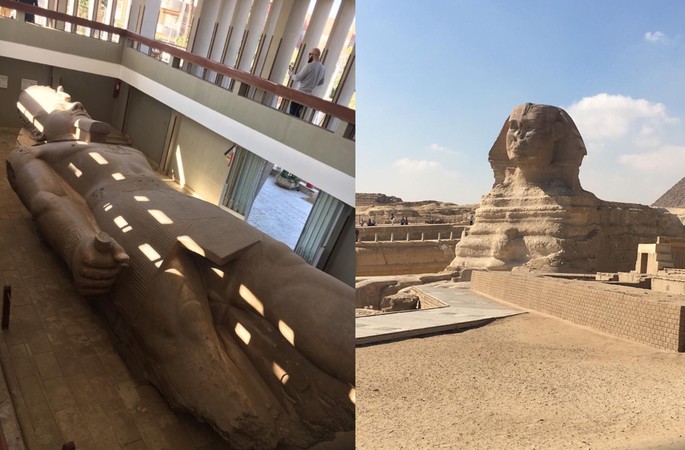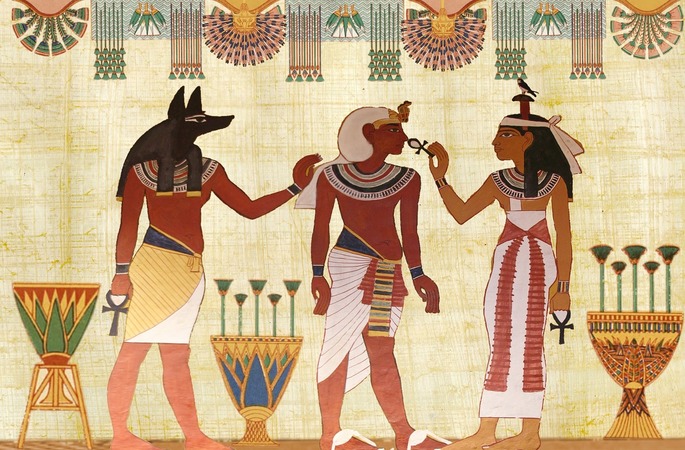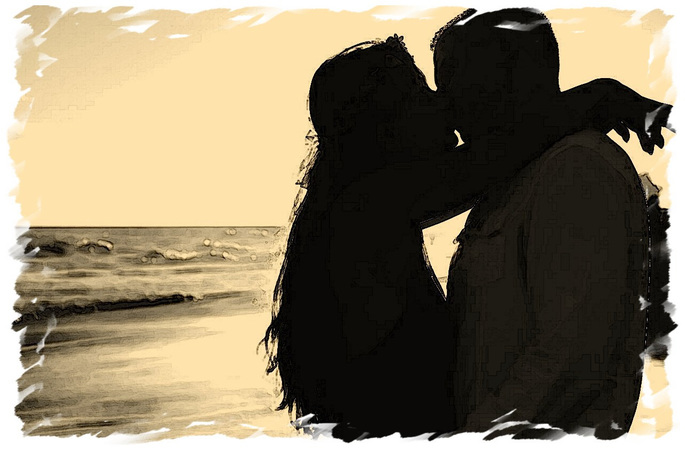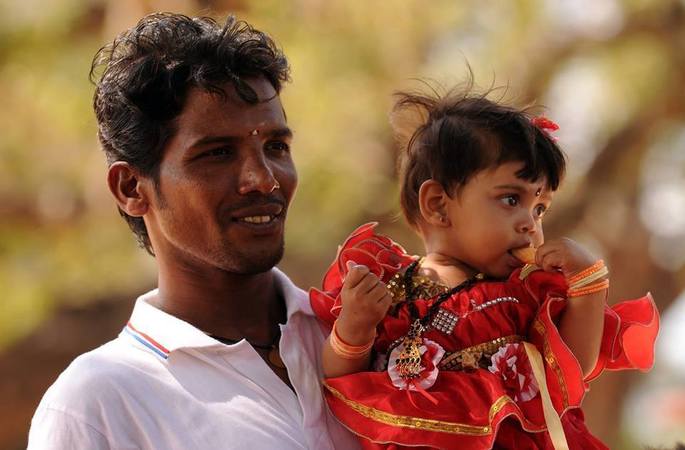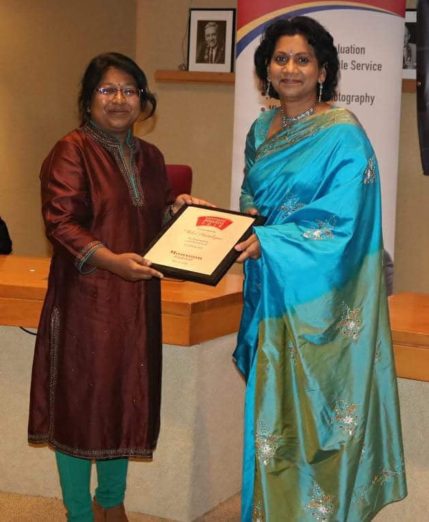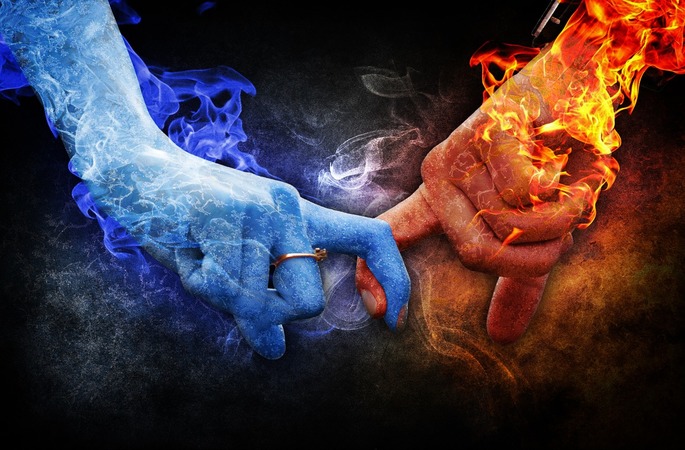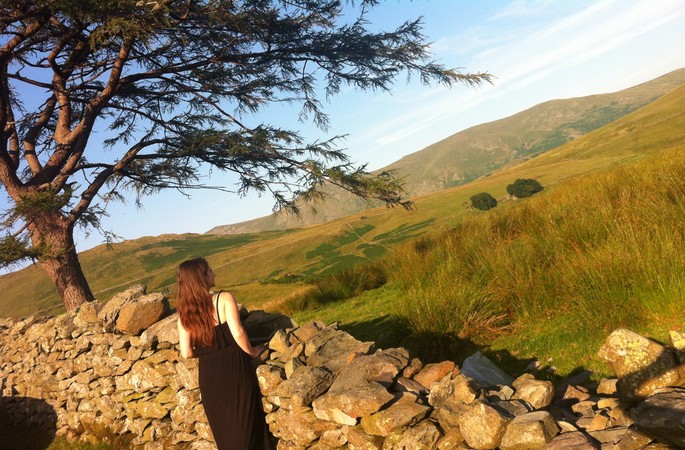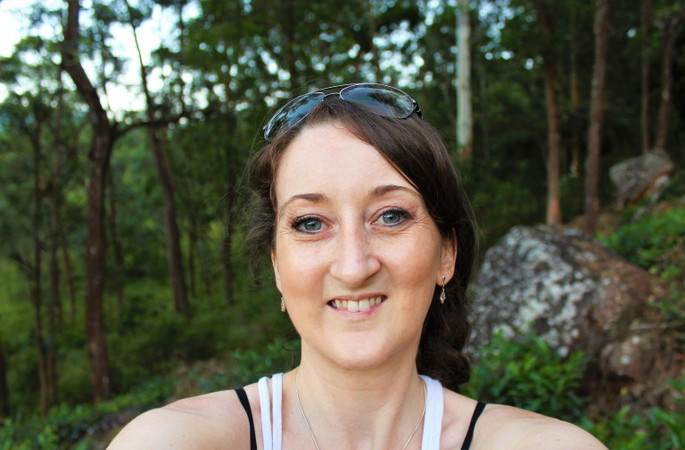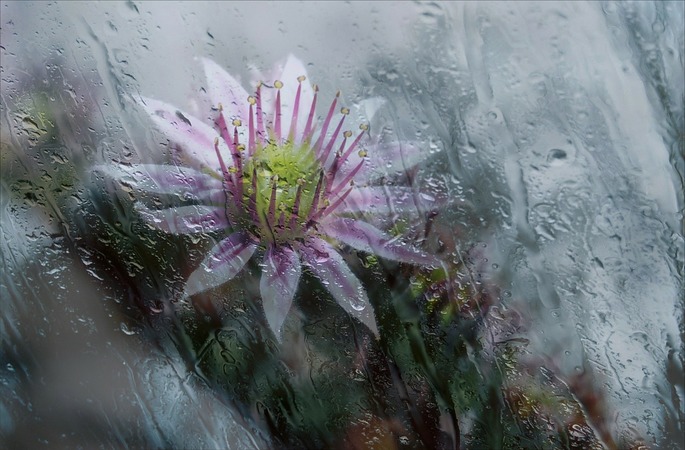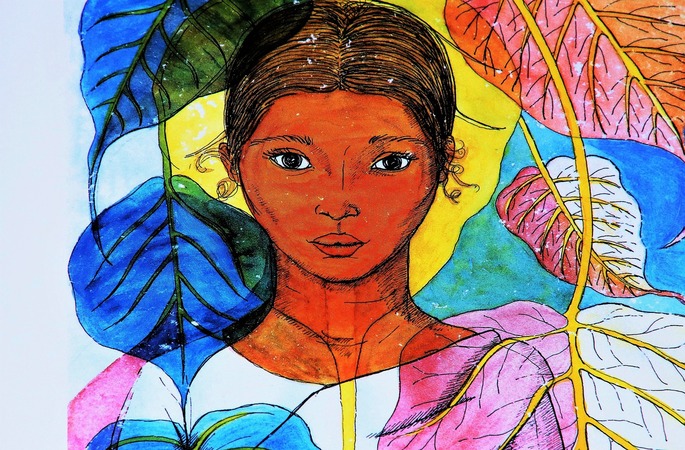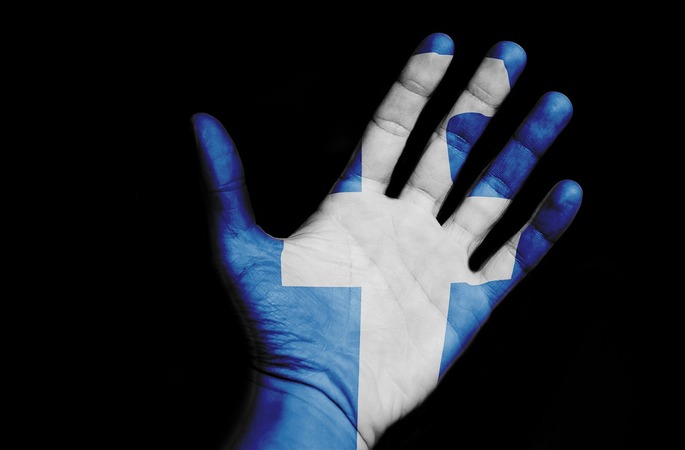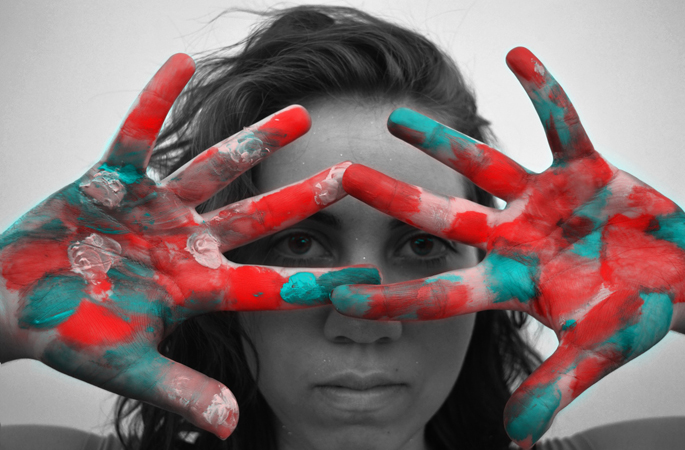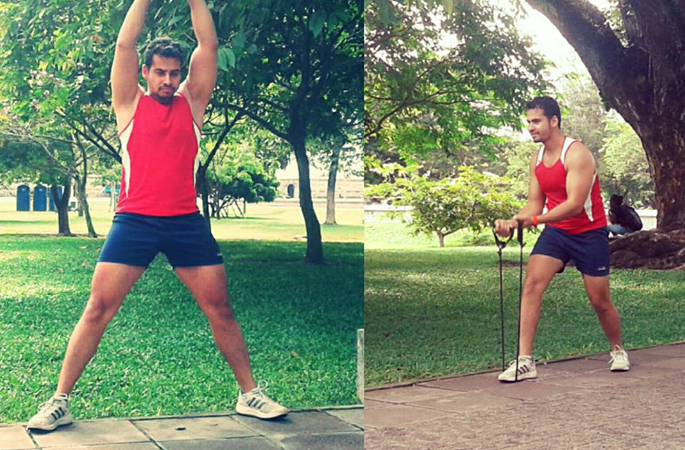Remember the dark Queen in Snow White, Who used to stand in front of her mirror and ask this question? Dreading the answer, in case she was not deemed the ‘fairest’ which, in the fairy tale, meant the most beautiful?
People of colour face a challenge which many of us are reluctant to recognise: that white is seen as privileged and that not being white or fair is consequently seen as an inferior status.
And we see this projected onto us every day.
Many of the messages we absorb about our value and our worth come from the advertisements we see in magazines, on television, at the movies, and other media. The eye-opening part of this is that we in South Asia, who endorse these advertisements, are perpetuating racial stereotypes and imposing implied inferiority onto ourselves and our fellow citizens.
By buying into and creating this type of marketing, we accept an inferior status in the contemporary world, in which fairer-skinned people are seen as an ideal, and darker skinned are seen as comparatively lesser.
Dark and Difficult Days
Manisha Anjali, a poet and writer who has written extensively on the subject of skin bleaching, comments that: “South Asia is in desperate need of a skin-positivity revolution. White worship is an archaic colonial hangover.”
One of the advantages of living in the 21st Century is that we can evaluate the cultural myths that have been imposed on us: see how they started, see through them, and set them aside, if they are damaging and belittling to us.
The greatest cultural myth underlying colonialism is that of the inherent superiority of the coloniser. White superiority was expressed aggressively, through genocide, exploitation, humiliation and pervasive cruelty towards those of darker race, who inhabited lands rich in resources which were coveted by the colonisers.
The ‘Terra Nullius’ doctrine in Australia, for instance, declared the land on which dark-skinned indigenous people were living to be ‘uninhabited, and thus available to be settled and developed.
But the association of darker with something lesser, something less formed, more violent, goes back to far more primitive times. Think about the common expressions: Dark and Difficult Days, The Dark Lord from the Harry Potter series, On a Dark Night, There Came A Dark Man With A Dark Purpose from Aladdin, The Darkest Hour Is Just Before The Dawn, The Heart of Darkness and The Dark Ages.
Humans fear the darkness of the night, which could be filled with unseen horrors, and this fear is evident in the way we are threatened by the dark and have to contain it, control it, and protect ourselves against it.
Advertisements, Skin Colour and the Judgements
This impacts on what we hear, when a 7-year-old is asked what colour the bath water is after her bath. Does her skin colour wash off? So that if she is cleaned up, she will look acceptable? And why is what is acceptable, fairer?
This may seem relatively harmless at first hearing, as children are too young to know what they are talking about. But children grow up into adults and carry their unquestioned beliefs with them. And some of them become copywriters for advertising agencies.
A typical example of how beliefs of white superiority are perpetuated is the targeting of high-end, luxury buyers through images associating white-skinned people with unquestioned dominance and power.
Note how the dominant figure in most advertisements for luxury products is a white woman, centred and positioned with her gaze directed at the viewer, conveying strength and power. See how the darker hued women around her have their gazes averted from the viewer, or differentially directed at the woman in the central position.
The African, East Asian and South Asian women are visually portrayed as occupying less powerful space in such images, and as relegated to ‘minority’, and literally marginalised, status.
This experience of marginalisation is something that we notice when we emigrate to countries in the U.K., Europe, the United States, Canada, New Zealand, or Australia. In these countries, dark-skinned people are seen as a minority group, and our skin colour makes us visibly different from the Anglo-Celtic majority in these societies.
We should be aware that countries like North America, Canada, and Australia are all societies created on the genocide of their indigenous populations, who resemble us. And the immigrants who were accepted into these countries often formed an underclass, whose members are frequently physically similar in feature and skin colour to us.
People who judge books by their covers also judge immigrants by their colour.
As immigrants, if we are fortunate, we have people commenting on how luscious we look, with our big, dark eyes and lustrous dark hair. If we are unfortunate, we might be viewed by redneck racists as bush pigs, or pieces of exotica.
People show conflicted feelings towards our skin colour, and as human beings are responsive creatures, we absorb this conflicts.
What Colour Are We In Our Dreams
What we aspire to be seen with, and seen to have, tells us a lot about ourselves. What colour are our dreams? We fetishize and make icons out of what we wish to be, and have. The size and location of our house. The friends we associate with.
The clothes and accessories we acquire. The books we read, the events we attend. The food we conspicuously consume. What we look like. What colour are we, in our dreams?
There are two great ironies that are observable about this:
1. Many white-skinned people try, through sun tanning in salons and on the beach, applying sun lotions, and using sunbeds, to become brown. They risk skin cancer to achieve the colour we are naturally born with. In countries with wretched wintry climates, a tan signifies the ability to travel to Spain or the Mediterranean, or to own a summer home, and thus denotes further privilege!
2. We brown-skinned individuals, in contrast, are surrounded by images and advertising in our own countries which shame us for our darker hue. Skin whitening and bleaching products abound, and we are told that darker shades of skin tone have blemishes, and unsightly. Marriage advertisements specify fairer complexions as being the most preferred by potential husbands and wives, and their extended families and women and girls in particular from a young age are praised for their relative fairness or criticised for their relatively dark skin.
The condition of being fair is seen as the attainment of the state of perfection worth striving for, and by implication, darker skinned people are seen as wanting, missing things that they need, and desiring things that they have missed out on having.
Fair complexions have been associated with privilege and higher socio-economic status for centuries, probably since those fortunate individuals who did not have to work in the fields under a blazing sun to earn their living were able to protect their complexions from harsh extremes of climate and weather.
Thus, the radiant, fair, and soft skin has become a desirable asset to have and to display: an indication of one’s worth and value.
The images presented to us of physical flawlessness via global advertising show generically airbrushed people with smooth alabaster skin. Only recently have golden brown or dark chocolate or coffee coloured people been celebrated as beautiful.
The supermodel Iman objected strongly to someone saying that she was “like a white woman dipped in chocolate”, because the compliment implied that she was beautiful because her features were acceptable to the white normative model of beauty, as if her colour was like a topping on a dessert or an accessory to an outfit and not part of her inherent self.
In fact, the compliment implied that she was beautiful because of her inner whiteness shone through her dark skin – no wonder she was offended.
Biology of The Darker Shades
Dark skin merely means that the skin has a greater degree of Melanin. Along with this comes inbuilt skin protection from the sun, via a degree of subcutaneous oil which keeps us looking relatively young. While white skinned people develop freckles, creases, skin cancers and dry skin, and constantly try to nourish their skin with external emollients, dark-skinned people age comparatively more attractively.
With our darker skin comes some physical negatives, however. Acanthosis Nigricans causes thickening of the skin and dark patches to appear on the body and face. And when we are wounded, or recovering from surgery, our scars can be thicker and darker, due to Keloid reaction. Both of these are conditions which those of us with darker skin are more prone to experience.
History And The Spectrum Of Otherisation
We all know that colonisation took place in history. But that does not mean its impact is ended. It was based on racist assumptions of cultural superiority and inferiority, and in our contemporary world, these attitudes are inflamed by immigration, refugee migration, and huge cultural backlashes that we are witnessing against multiculturalism in countries like the U.S., the U.K., and Australia.
A recent poll showed that almost 50% of people living in Australia actively objected to immigration from countries in which people were seen as visually different from themselves.
In post-Brexit Britain, there are pro-nationalist policies being implemented which seek to designate and define British individuals, seeking to differentiate essentially British people from those who are merely living in Britain to improve their economic conditions by earning their living in British currency. How far will these categories extend, Who will be included, Who will be excluded?
Colour-coded targeting and profiling of people have historical connotations which are racist, and unsettling. The Nazis during the Holocaust forced their prisoners to wear colour-coded signs on their clothes: Yellow Stars for Jews, Pink Triangles For Homosexuals, etc. Being called a Chocolate Drop at school is not at the same level, but it is on the spectrum of otherisation. Our skin and its colour is a visual designator: an imprint that cannot be bleached or scrubbed off.
What should change is not the skin colour of people, but the social and cultural attitudes that shame people for inhabiting their bodies.
Narrowing Of Borders, Narrowing Minds?
There is currently a narrowing of borders, a narrowing of minds, and a diminishing of generosity which can be seen all over the world, in every country where there is an immigrant population. This is part of a backlash against policies of multiculturalism which in recent times are being blamed for many of the social and economic ills besetting Western countries.
The most obvious differences between people are physical: in our body shape and size, our facial features, our clothing and the colour of our skin. This is why being dark and large-sized is often seen as a double negative, in contemporary society, which along with its other superficial attitudes, constructs our physical attributes as assets or liabilities. Plus-size positivism is one way of responding to this. So is dark skin positivism.
Underlying racism often comes out into the open when privileged territory is disputed, by dark-skinned and talented people. Let us note the way the Obama family have been attacked since Barack Obama became the first black U.S. President, 6 years ago. Michelle Obama has been called a gorilla, and her elder daughter a monkey. Because they were boldly entering into and legitimately inhabiting the whitest of white spaces: The White House. And Harvard University.
The Impact of Imprinted Inferiority
The association of dark skin with lesser or culturally despised status is intensified because it derives its impact from a number of concurrent and co-existing factors, which operate simultaneously on those they impact upon. And this message is strongly imprinted on us from a very young age.
When we see young children in a video interview asked to say whether a white or black doll is good or bad and aligning themselves with the doll who is ugly, not pretty, bad, and not nice; and not to the white doll, whose white skin they associate with niceness and prettiness.
We can understand how we internalise ideas about our status from a young age, and how difficult it will be to challenge external racism and other inequities which makes us feel lesser, when we already carry those terrible feelings inside ourselves, with a self-concept damaged by the inequities of the society in which we live.
We are all aware that high-end designer labels in South Asia are routinely sold to us using fair-skinned models. These images of people who do not look like us, continually and subconsciously impact on us, excluding us from identifying with the luxury and glamour, the wealth and success these beautiful people, and the lifestyles they are associated with, create in our minds.
It is historical fact that those of darker skin have been objectified, vilified, enslaved, targeted, sexualised, colonised, exploited, harassed, incarcerated, abused and denigrated by dominant white culture ~ and those who perpetuate the dogma of white racial superiority for centuries.
Thus, being born dark-skinned in a racist world immediately places us in a problematic relationship to the natural need and wish for self-worth and self-fulfilment, that is inherent in all human beings. Dark skin colour is socio-culturally associated with a problematic life.
Conflicted Visions Of Beauty
Exoticisation and eroticisation are yet another form of targeting. Dark-skinned people are often presented as more sexualised and sexually available than other races. So perhaps we should think twice when we are called ‘hot’ because of our honey-hued skin and curvy bodies.
We could also be being designated as more alluring, and provocative and the attention we receive may quickly become disrespectful and unwanted. People project fantasies onto dark-skinned, exotic people all the time. As they do to exotic locations. Thus here Dark equals to Dirty.
These negative associations have powerful effects on us. However strong our self-esteem is, we are implicitly told that to be beautiful, we must not only exfoliate but also decontaminate ourselves from whatever causes us to be diseased with a dark hue. Beauty rituals at spas all over the country emphasise the whitening benefits their products offer.
Come into the salon stressed, distressed, discoloured, weighed down by the problems of the third world and leave uplifted, purified and lightened up. Your aura and your skin will be radiant and glowing! Your defects will be diminished! You will emerge several shades lighter, from the wrapping, peeling, bleaching, scraping and all the absolving effects these are guaranteed to have on us.
The products sold to us to remedy our dark skin are saturated with chemicals. Their physical impact on us becomes even more dangerous when we are effectively told we should be ashamed of ourselves, in advertisements which attempt to sell us skin whitening creams to lighten the colour of our private parts, because sexual shaming is deliberately brought into the wording of the advertisements as well, disguised as helpful advice, to make the buyer more appealing and desirable.
Look And Feel of Shaming
Human beings seem very good at shaming each other, particularly where our physicality and sexuality are concerned. They often treat it as a joking matter. But our private body parts are not inherently dirty or shameful.
Yet because they are clothed and covered most of the time, they are associated with aspects of ourselves that we feel are private and should be protected from public gaze, and so are not exposed to air and sun as much as the rest of our body.
In freer societies, less constricting or covering clothing leads to better circulation and less unevenness of skin tone.
Listen to the euphemisms used by advertisers, in the interests both of political correctness and expansion of a client base. Look at the implications of an image widely shared on social media, showing a range of slices of toast from white bread to brown and dark brown toast, which is supposedly an image which is skin positive and inclusive of diversity. Note that at the end of the spectrum is burnt toast, which is inedible and carcinogenic.
The private parts and sexual organs of most human beings are naturally darker than the rest of our bodies. Where white-skinned people have pinkish parts, we have brown or dark brown parts. This is surely nothing to be ashamed of! In fact, it is part of the diversity of the human race!
However, when you add the shame we are culturally taught to feel about our sexuality to shame about the ‘discolouration’ of our private parts, we get a powerful, product-selling message – which people buy, along with the products that these messages sell to them.
But really, this shaming needs to stop. We are not inserted into our skin: we are embodied within our skin. We must surely learn to accept and embrace our embodiment or be separated all our lives from our inner sense of dignity and self-respect.
Many of our beliefs about ourselves begin in the comments made about us from when we are young, by various well-intentioned or ill-intentioned family members.
Challenge As It Sprouts
It starts in the home. And it is perpetuated in the comments we make about each other, and the way we speak to each other, at work and at social functions. When we praise each other for looking pretty or so far as if they are concepts that are interchangeable.
When our elders tell us we look so fair that we could be European as if that was a compliment. When a high percentage of Sunday marriage advertisements rate fairness, literally, as a desirable quality.
It is not just personal. It is political. Martin Luther King’s famous ‘I Have A Dream’ speech can be summed up by one telling phrase: He wanted his children to grow up in a world where they would be “judged not by the colour of their skin, but by the content of their character”.
We need to start rethinking how we give and accept praise when it comes to our skin colour, and our physical appearance in general. We can consciously praise qualities of character rather than physical features. We can omit to offer each other ‘complimentary’ comments about each other’s complexions. We can choose a less superficial and less damaging way of relating to each other.
Many Asian and African countries achieved Independence 60 years ago. It is surely time we as people of colour, who wish to think of ourselves as citizens of the world, made ourselves free of internalised and self-imposed prejudice, as well. Unless we actually believe it ourselves, any racist assumption of our inferiority as dark-skinned people need only go skin deep.

Angelo Pereira is a fitness guru who developed the concept of FIT for Life, with the simple intention of planning one’s fitness journey, not for just one’s physical prime, but to continue for life.
A person should aim to be fit for the whole of their life, and fitness should be incorporated into one’s lifestyle. People should be making lifestyle choices with their wellness in mind which in turn allows for them to reach their targets and maintain those targets.
Results are sustainable when fitness is a lifestyle rather than a one-off trip to the gym. Over the last 2 years, Angelo has garnered a strong following of clients who swear by him and have come to embrace his concept of FIT for Life. Many have experienced the health benefits and results of working under his guidance and he is only getting started.
Q: Why and when did you start offering mass training sessions in public spaces in Colombo?
A: I commenced public sessions from the beginning of 2016. After my father passed away as a result of poor health brought on through primarily neglecting his own wellbeing, I made it a point to offer my assistance to anyone who was interested in getting their health on track. I focused on people over the age of fifty at first. Due to my experience of caring for my father, I was able to understand their strengths and limits and coach them safely. After supporting a few such friends, they encouraged me to do public classes and told me that I had a gift. I was somehow able to make them work hard and achieve their goals. They felt confident in my ability and vision, and I came to believe that more people would benefit from my insight.
Q: How do these fitness training sessions work?
A: The fitness classes take place twice a week with additional exercises programmed into one’s daily household routines. Clients are encouraged to also do exercises at home to supplement their workouts and nutritional advice is freely offered.
Workouts are not designed to kill you, but to give you a moderate challenge that will ensure you have sufficient strength to carry out your day to day work and remain active at home. You don’t want to be too tired to do your chores or look after your kids. That’s important!
Progress is tracked every 2 weeks, corrective action is recommended and discussions are held with the client on how to take the next step.
The goal is to ensure that you stay fit for the rest of your life and enjoy life to the fullest with great health to accompany you.
Q: How harmful do you think our sedentary, desk-located jobs are to our health?
A: Don’t get me started! Due to the lack of variation and requirement to stay seated during office or desk work, and limited mobility, you are training your body to stay put for almost the entire day. Most people try to work out every day for at least an hour.
But compare that with sleeping 7 hours of the day; sitting on your commute to work and working 9 hours of the day and then sitting while having meals for the rest of the time. You’re defeating the effect of your workout.
Where is the time to be active? Where is the time to walk or run in a park? Do some sports? So most often we push ourselves for an hour in a gym every day at a gym and are too tired as a result to do anything at home.
So you get no benefit from your workout and gyms know this and it helps their margins, which is why I push for being active at home.
Plus having irregular activity in your day to day life is not healthy! It can strain your heart to be dormant for a long time and then suddenly play soccer on the weekend or have a gruelling an hour at the gym.
Lack of mobility leads to muscles losing their functionality and some muscles becoming weak. The body in itself becomes weaker and lethargic. Further to this, the body becomes more susceptible to sickness as a result, and resilience towards injury and sickness is tremendously reduced.
Q: What do you think of the Fast Food Culture?
A: Fast food for a fast-paced life! That is how fast food came about, people had to eat fast food to keep up with their work schedules. By the way, a lunch packet is also a form of fast food as the nutritional value is not that high!
In addition to that, the habit of eating irregular meals is fueled by the unhealthy work schedules – which is why diabetes is on the rise in Sri Lanka.
All of the above have contributed to diabetes and heart disease affecting people even in their twenties or late teens. I get calls from companies that have realized this and want to have mandatory workout schedules for staff to keep them healthy.
Q: What are some specific health issues that are directly helped or even permanently solved by increased regular exercise?
A: Cardiovascular health and exercise are positively correlated. Everyone knows that when you have high cholesterol and high risk of heart disease, the doctors ask you to exercise.
Diabetes and blood pressure related complications have been found to be easier to manage when the patient is regularly exercising. Further, it is considered unusual for someone who is regularly exercising to have such problems, although it happens, it is considered unusual because it is unusual. People who regularly exercise stay healthy.
Improved blood circulation heals muscle damage, hence most aches and pains go away. Doctors themselves prescribe exercises for damaged joints and spinal injuries in the recovery programmes. So exercise is the answer.
Other areas of stress, depression, anxiety, insomnia, acne, respiratory difficulty, sexual inactivity and even bad breath have been found to be fixed with regular exercise.
Q: Which is more important, Movement or Nutrition?
A: Both go hand in hand. You can’t have one without the other.
You’ve got to eat to move. You’ve got to move to eat.
Q: What problems do people develop when they do not make the effort to incorporate regular exercise into their lives?
A: Worst case – high risk of diabetes and heart disease! Anyone who doesn’t regularly exercise is going to always feel weak and lethargic, leading to them always feeling tired. Surprisingly, this also results in such people not sleeping well and feeling restless – which is strange but it has to do with the toxins in the body playing up.
Most people think they have joint pains, but these are muscle ends hurting because of lack of mobility and flexibility. Low circulation of blood due to low activity also contributes to this.
I also mentioned earlier how one can be more susceptible to sickness if they workout very little. I for one very rarely get sick and even if I do, it doesn’t stay with me for long. This is primarily because I get a lot of exercise occupational hazard.
Q: What stands in the way of women and particularly Asian women becoming more interested in their physical fitness?
A: This is changing fast and most Asian women are hitting the gyms, parks and streets working on getting fit.
But there are still constraints, and judging from my clients and would-be clients, it’s their family and work commitments.
There is just no time in the day to workout. The ones who don’t work are heavily involved in looking after their children and keeping up with their household responsibilities and running the home. The ones who work, well, they work and still look after their kids.
Q: We know every individual is unique, but typically how long does it take a person just starting a fitness programme to see and feel the benefits?
A: On the first day itself, clients tell me they feel great. They love the fact that they used their bodies in ways they hadn’t for years. They feel the blood flow to areas that were neglected and that gives them a rush and some see this as a result worth celebrating.
I would say, within a week, clients feel more active and fit. Within about 2 to 3 weeks, they begin to feel their clothes loosen.
Within a month they are addicted to feeling this good and that’s the best part. Then the client begins to push themselves and that’s what you want. Then their fitness plan is sustainable.
Q: What advice would you offer people just starting to get their act together with fitness training, What should they watch out for?
A: I would remind them that they are doing this first and foremost to stay healthy and enjoy their lives to the fullest. So: never have a short-term plan but plan for the rest of their lives to be doing this for life.
Never settle for anything, always have greater ambitions for your fitness level. Many people start out by saying, this is how far I want to go and then they never sustain it.
Q: What are the best sorts of fitness activities for women of different ages and life stages? Can effective fitness programmes be developed for pregnant women? Is there evidence that regular exercise can stabilise health issues experienced by women?
A: So let me break this down into parts
What are the best sorts of fitness activities for women of different ages and life stages?
This goes for everyone, men, women and children of all ages and stages in life.It is functionality!
Do exercises that will ensure that you improve your functionality. What is the point of squatting 250 lbs and not being able to run 5 KM?
Or jump over hurdles? Or climb 6 flights of stairs for that matter?
I’m not saying training your body to lift is not good. But you will feel it later on in life if you haven’t trained your body to do basic functions at a younger age.
Q: Can effective fitness programmes be developed for pregnant women?
A: It depends on what you are trying to achieve. Let’s be realistic, a pregnant woman is not going to be able to run a race or play a soccer game; so that fitness level should not be the focus. Something to maintain her functionality and help her remain active during the day is the target and there are many programmes to achieve that.
But again it has to be considered with care. My advice, a pregnant woman should not be getting her exercise routine from a fitness instructor but a qualified Gynaecologist who knows her case which is unique and never generalized, and is qualified to offer direction that will guarantee the safety of the child and mother.
In the end, a pregnant woman should be focusing on the health and safety of her child first before her own fitness goals and only a qualified medical practitioner, a gynaecologist usually has the expertise to do so. Which is why I don’t train pregnant women, and I have turned down the opportunity to do so regardless of the client’s insistence.
Q: Is there evidence that regular exercise can stabilize health issues experienced by women?
Absolutely! Our bodies are made to move. When we do this, which is natural, many irregularities get fixed. There are exceptional circumstances and I am mindful of that when I comment, but in general, the answer is yes.
There are many documented cases of athletes overcoming injury; patients overcoming ailments and even physiotherapy in itself is a mild exercise which is medically prescribed.
“I have a vision for each of my clients and I want to see them get faster, stronger and look better every time I see them, while at the same time not push beyond their limits to ensure they never get injured. This is why I am yet to produce an unsatisfied client,” says Angelo Perera.
Good health is a lifelong gift, which greatly adds to the quality of our lives. We must treat our physical beings well, and invest in our health, with a sense of dedication and respect, to enjoy its benefits, rewards and dividends.
We at FemAsia wish all the very best to Angelo Pereira and his endeavours.


 CT WEB
CT WEB





